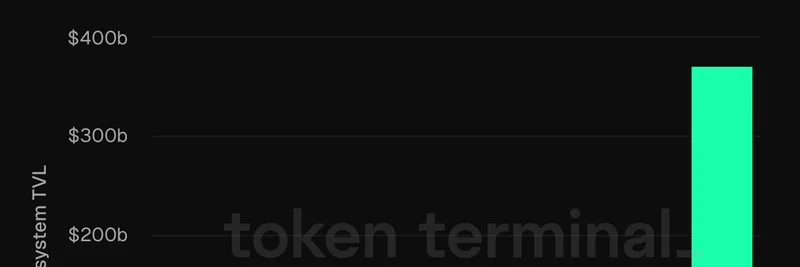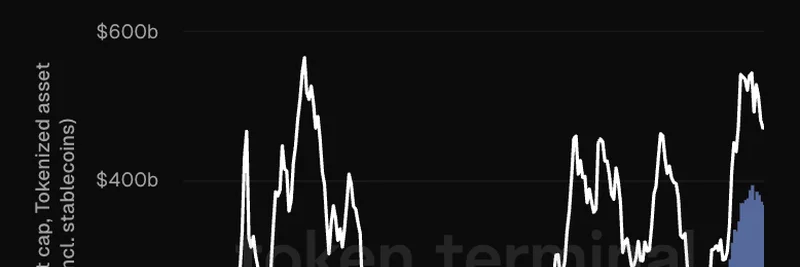Hey, crypto fam—buckle up because Solana's co-founder just dropped a truth bomb that's got the blockchain world buzzing. In a recent X post, Anatoly Yakovenko didn't hold back: he called out the long-standing claim that Ethereum's Layer 2 (L2) solutions magically "inherit" the security of the main Ethereum network (L1) as straight-up wrong. And to drive it home, he pointed to Wormhole ETH on Solana as proof—saying it packs the same worst-case risks as ETH on Base while pulling in just as much revenue for those ETH L1 stakers.
Let's break this down without the jargon overload. First off, what's an L2? Think of Ethereum's base layer (L1) as the bustling highway where everything happens—transactions, smart contracts, the works. But it's congested and pricey, right? Layer 2s are like off-ramps: they handle the heavy lifting off the main chain to make things faster and cheaper, then bundle everything back to L1 for final settlement. The big sell? They supposedly borrow Ethereum's rock-solid security (that decentralized network of validators keeping things honest) without reinventing the wheel.
Yakovenko? Not buying it. Five years into this L2 experiment, he argues the reality is messier. Take Wormhole, the cross-chain bridge that's been a game-changer for moving assets between ecosystems like Ethereum and Solana. When you bridge ETH via Wormhole to Solana, you're not cocooned in some unbreakable ETH shield. Nope—it's exposed to the same potential pitfalls as running ETH on Base (Coinbase's own Ethereum L2, built for easy onboarding). We're talking worst-case scenarios like bridge exploits or sequencer failures that could lock up funds or worse.
But here's the kicker that really stings for ETH maximalists: this setup isn't just risky—it's profitable for Ethereum. Yakovenko notes that Wormhole ETH on Solana generates revenue streams for ETH L1 stakers on par with what Base does. That means fees from these cross-chain shenanigans flow back to Ethereum's core validators, padding their pockets without the network bearing the full security burden. "It's wrong no matter how you slice it," he quips, slicing through the hype with surgical precision.
This isn't just shade—it's a call to rethink how we talk about scalability in crypto. Solana's been pitching itself as the high-speed alternative to Ethereum's deliberate pace, and jabs like this highlight the trade-offs. Remember the Wormhole hack back in 2022? Over $300 million drained in minutes. Events like that underscore why security isn't something you can just "inherit"—it's earned through rigorous design, audits, and yes, sometimes painful lessons.
For meme token hunters and DeFi degens (shoutout to our Meme Insider community), this debate matters big time. Meme coins thrive on liquidity and speed—Solana's edge there is no secret, with projects like BONK and WIF exploding thanks to low fees and snappy txs. But if you're bridging assets for those moonshots, understanding these risks could save your bag. Ethereum's L2 ecosystem, including Base, is a beast for retail-friendly dApps, but Yakovenko's reminder? Diversify your chains wisely.
What's your take? Is the L2 security narrative overhyped, or does Ethereum's proof-of-stake fortress still reign supreme? Drop your thoughts in the comments—we're all about that open convo here at Meme Insider. And if you're diving deeper into cross-chain plays, check out our guide to safe bridging. Stay degen, stay informed. 🚀



